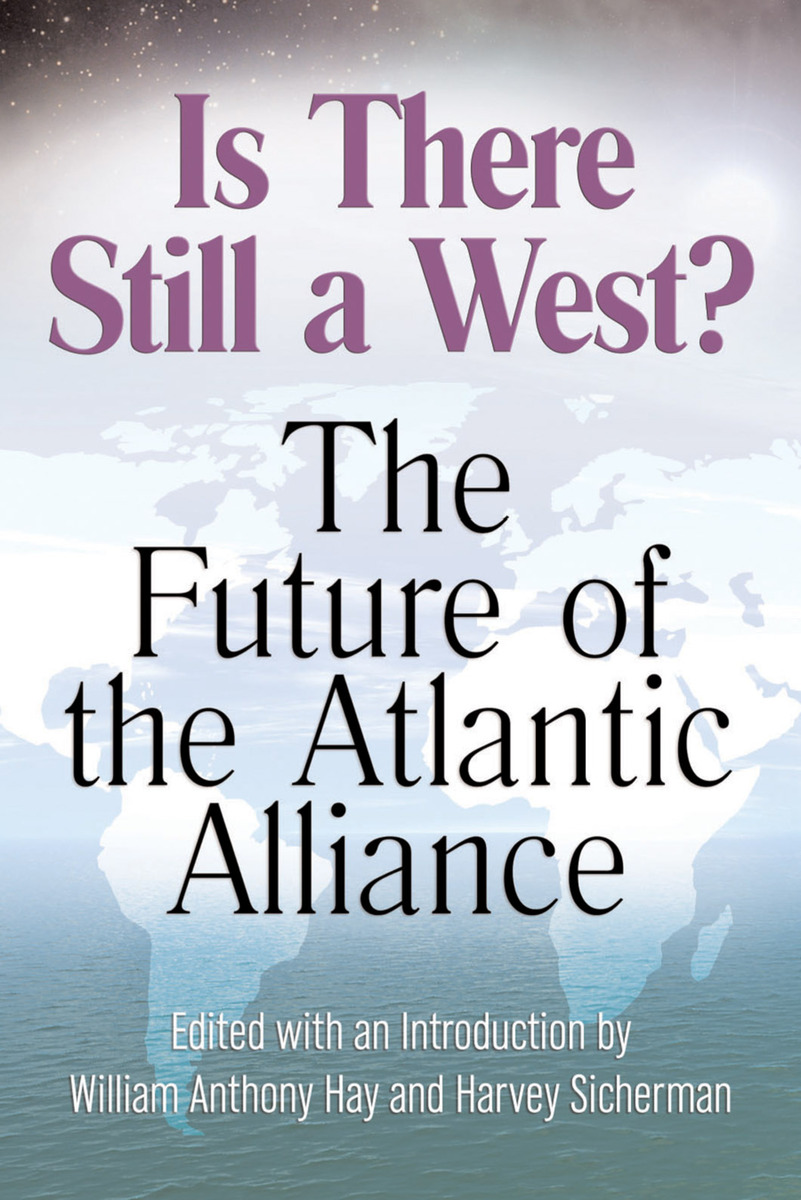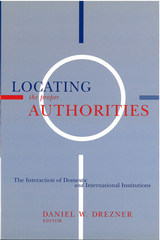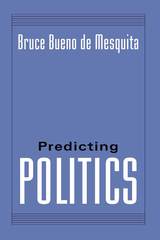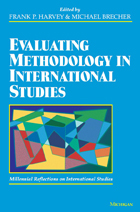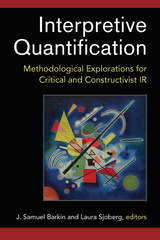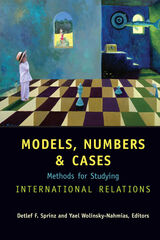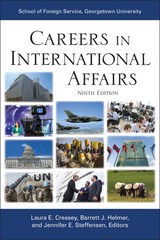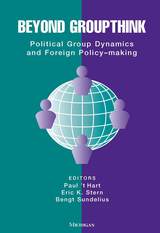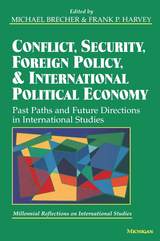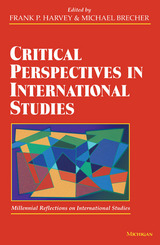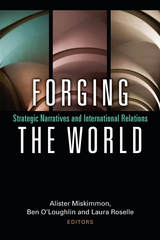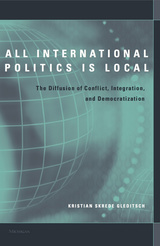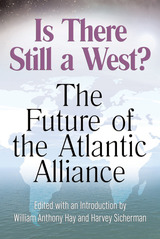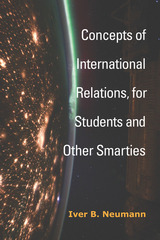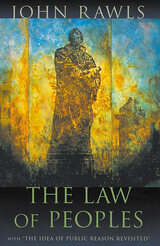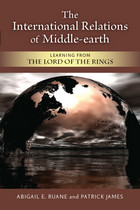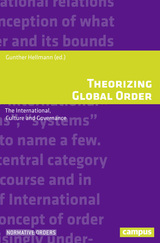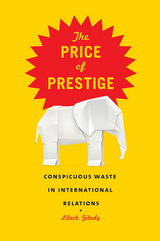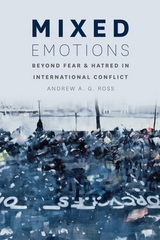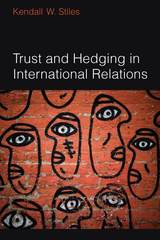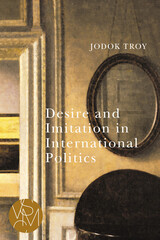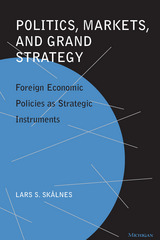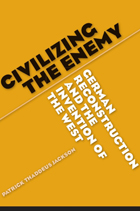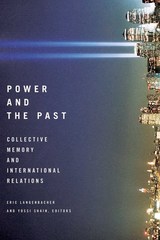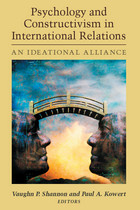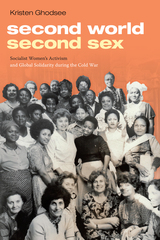Is There Still a West?: The Future of the Atlantic Alliance
University of Missouri Press, 2007
eISBN: 978-0-8262-6549-4 | Paper: 978-0-8262-1698-4 | Cloth: 978-0-8262-1692-2
Library of Congress Classification JZ1242.I87 2007
Dewey Decimal Classification 355.031091821
eISBN: 978-0-8262-6549-4 | Paper: 978-0-8262-1698-4 | Cloth: 978-0-8262-1692-2
Library of Congress Classification JZ1242.I87 2007
Dewey Decimal Classification 355.031091821
ABOUT THIS BOOK | AUTHOR BIOGRAPHY | REVIEWS | TOC
ABOUT THIS BOOK
The international response to the attacks of 9/11 promised a new sense of unity between the United States and its European allies, but subsequent disagreements over Iraq have made the Western alliance seem tentative at best. Is There Still a West? looks beyond recent events to put disagreements within NATO into historical perspective, exploring how cultural, demographic, economic, and military factors since the 1940s have affected future prospects for security cooperation.
As questions underlying the current rift persist, distinguished scholars—Stephen A. Schuker, Michael Radu, Jeremy Black, and others—consider whether that gathering of nations long known as “the West” remains a valid construct. Claiming that differences over Iraq are no greater than past conflicts over Suez, China, or other issues, they adopt a “realist” stance in international relations to offer an alternative to neoconservative and liberal viewpoints. They show what the major issues—and nonissues—really are, and which among them are the true time bombs.
These essays consider a range of relevant topics, from the impact of globalization to emerging differences in the political cultures of North Americans and Europeans to an analysis of headscarf issues among Muslim immigrants. They particularly address the consequences of demographic shifts as Western countries try to deal with growing Muslim communities that present a security and cultural challenge. In proposing possible counterterrorism strategies to define a shared Western security policy, this book considers whether a distinctive Western way of war in fact exists and what it might mean for the alliance.
These insightful essays look beyond transatlantic complaints to probe underlying difficulties, explore sources of conflict, assess prospects for economic divergence, and advocate a workable security policy. Together, they ask readers to consider whether “the West” is still a major force in international affairs or whether we face a new world of competing states and shifting alliances. By addressing these challenges, Is There Still a West? points toward the development of effective policies to ensure the ongoing unity of the West.
See other books on: Atlantic Alliance | Future | International relations | North Atlantic Treaty Organization | Security, International
See other titles from University of Missouri Press
